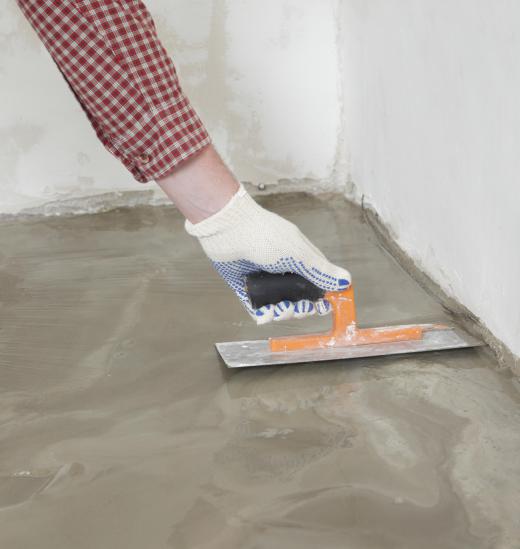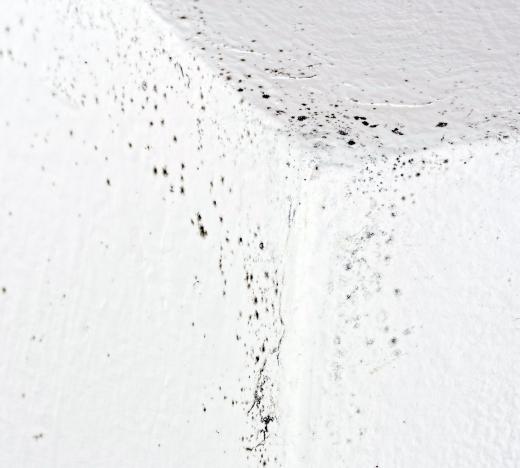Autoclaved aerated concrete, or AAC, is a pre-cast construction material that is made from a variety of aggregate parts no larger than sand. At roughly one-fifth of the weight of normal concrete, it is an incredibly lightweight building material. It provides excellent thermal and acoustic resistance and also protects against such household hazards as mold, termites, and fire. Autoclaved aerated concrete is commonly referred to as autoclaved cellular concrete because hydrogen bubbles form during the production process, resulting in small pockets of air within the concrete that substantially increase the volume of the final concrete product. The concrete can be cast into many different forms and can be used in construction for walls, floors, roofs, and other purposes.
Though the precise composition of autoclaved aerated concrete may vary, it is generally made up of quartz sand or some other fine aggregate, cement and water or some other binding component, and aluminum powder. The aluminum powder reacts with the cement and forms hydrogen bubbles to form within the mix, thereby increasing the volume-to-weight ratio of the concrete mix. After the mix is cast into the desired form and the volume-increasing chemical reactions occur, the concrete mix, which is still soft, is autoclaved.

In an autoclave chamber, the concrete mix is exposed to high temperatures and high steam pressure. In these conditions, the quartz sand reacts with the cement to form a very strong solid. Autoclaving, then, is used to harden the sand-cement-aluminum powder mixture into strong, solid concrete. The autoclaved aerated concrete can be used immediately after it is hardened in the autoclave. The pockets formed by hydrogen bubbles fill with air after the hydrogen leaves the porous concrete. In some cases, the finished autoclaved aerated concrete may be as much as 80 percent air by volume.

Autoclaved aerated concrete, though excellent because it provides superior insulation and has other advantages, is not without its disadvantages. For example, it is not as strong as less porous varieties of concrete, so it must often be reinforced if it is to be used for intense load-bearing work. Though it can be shipped just about anywhere with relative ease because of its light weight, autoclaved aerated concrete is not widely produced, so it may be difficult for many to obtain it locally. It must also be coated with some form of protective material, as it tends to degrade over time because of its porous nature.
